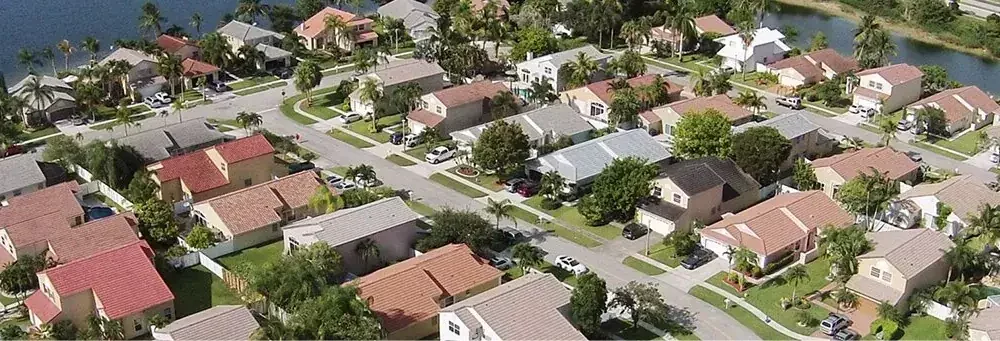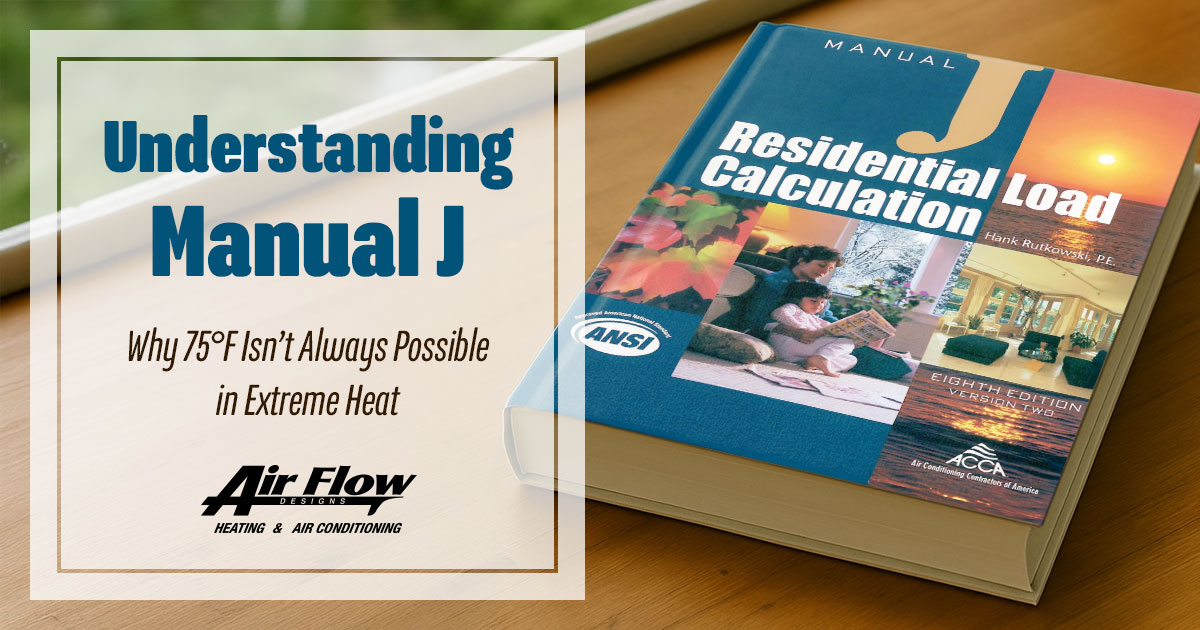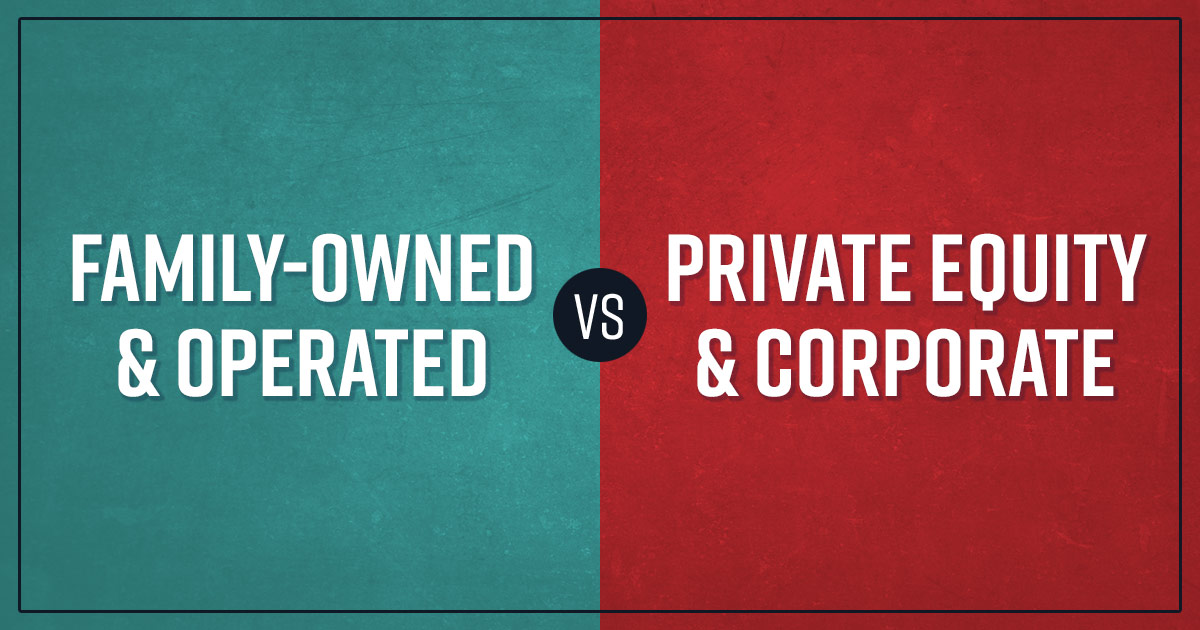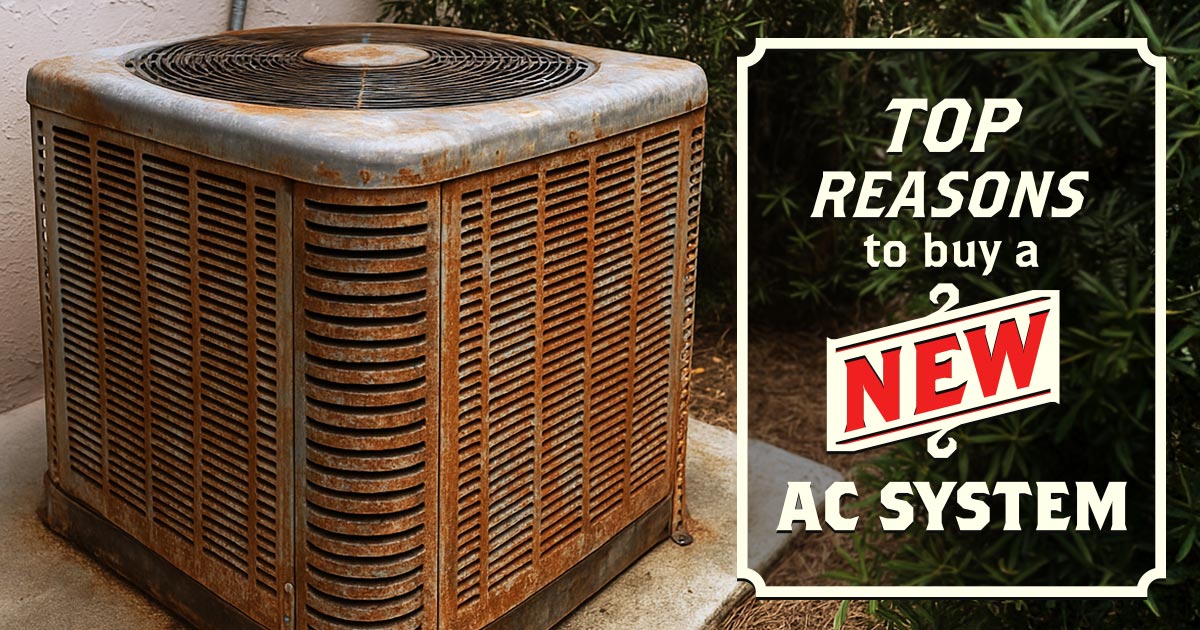Stay Cool. We’ve Got the Answers You’re Looking For.
When it comes to figuring out the right AC solutions for your home, we make it easy and easy to understand. We’re happy to help you with any questions you have, so if you don’t see your answer here, contact us.
AC Questions
Generally, one of two circumstances has occurred. It could be that your drain line has become clogged and the “Float Switch” has automatically shut the system down. This is done to prevent any water damage to your home from an overflowing drain. A fuse within your air handler that has failed and shut the system down could also cause this problem. Please call for service and we will be happy to send out one of our trained technicians.
Your system is designed to maintain reasonably consistently temperatures. With “Normal Room Occupancy”, your system should maintain temperatures within 3 degrees of the thermostat setting when measured in the middle of each room. There may, however, be differences from room to room based upon a number of factors. These factors include:
- Single system 2 story homes and townhomes homeowners will typically find that their upper floor is warmer than the first floor due to the fact that heat rises. This is normal.
- Rooms having greater exposure to the sun at different times of the day may experience some temperature differential as well. Rooms in the East will typically be warmer in the morning and Western exposure rooms may be significantly warmer in the afternoon.
- Your new home system was designed for “Normal Occupancy.” This means if you plan on converting a spare room into a home office, please discuss it with your builder and have them let Air Flow Designs know before the installation of the duct work and equipment. Otherwise, multiple computers, printers, copiers, fax machines will all contribute significant latent heat to the room and you may be unable to keep the room at a comfortable operating temperature.
- A room without any type of window covering (Blinds, Shutters, Draperies, Shades, Curtains) allows greater solar heat infiltration and will be warmer than it was designed to be.
Newer homes are designed according to the builder’s specs which require the home to maintain a temperature between 15-18 degrees cooler than the outdoor temperature. For example, if it is 95 degrees outside, your system has been designed to maintain a temperature of between 77 and 80 degrees inside your home. The lower you set your thermostat during the warmer months, the longer your system is going to have to run, thereby raising your electric bill.
If you have just turned on your system from being completely off, if you have just switched between modes (ex. switched from heat to cool mode or visa versa), or if your system just recently finished a cooling or heating cycle, it will take several minutes for the system to begin its next cycle.
During the winter months when your heat is on, there will be moisture draining from the surface of the outdoor coil and around the base when the unit is in the heating mode. This moisture will turn to frost when the outdoor temperature is below 40° F. The outdoor unit may become totally white with frost/ice during cold weather. Unless this condition persists for over 2 hours, you should not be concerned. Frost will build up rapidly during damp cold weather (28° to 38° F). When the outdoor unit starts to defrost, it will, without stopping, make a “swoosh” sound, stop the outdoor fan, and briefly deliver slightly cooler air inside. The duration of this defrost cycle may take up to 10 minutes depending on the amount of frost on the outside coil. Steam or fog from the outdoor unit is normal during the defrost cycle.
Filters
In some systems, the filter is located in the bottom of the air handler behind a filter door. In others, filters can be located in filter back return grills, either in the ceiling or at the air handler on the interior of the home.
Regular replacement not only helps your heating and cooling system operate at peak efficiency, but it also improves indoor air quality and helps to extend the life of your system. A filter is in place to trap particulates (germs, dust, allergens, pet hair and dander) that can travel into your system. If you don’t change the filter, air flow will go down and the system will not perform well. If you allow the filter to become too dirty it starts to become a source or air pollution itself. NEVER run your system without a filter. Particulate that would have been stopped will gather on the coil and eventually cause it to fail. By keeping your air cleaner and your system cleaner you will not only extend the life of your system but improve the health of your family.
This really depends on the type of system and filter that you have and how dirty your home is. In general, disposable filters (the kind you can buy at the big box stores) need to be changed once a month. If you have several shedding pets, they may need to be changed more often. There are filters however, that only need to be changed yearly. Your Air Flow Designs service technician can recommend a filter change schedule specific to your situation during your yearly tune-up.
A MERV rating stands for “Minimum Efficiency Reporting Value” and is an industry standard developed by ASHRAE to allow customers to compare a filters ability to trap particles. The higher the rating, the tighter the pore size of the filter and the less particles that get through.
It depends as there is a tradeoff. At higher MERV ratings, you block more unwanted allergens. However, the downside is that you also restrict air flow and reduce air circulation which can have the unwanted consequences of less comfort in your home and possible damage to your unit. In general, a MERV 8 filter is sufficient to block common allergens like mold spores, pet dander and pollen. If you have bad allergies, a higher rated filter along with other indoor air quality products can really improve your symptoms. Ask your Air Flow Designs Rep for customized recommendations for your specific needs.
Maintenance Agreements
This is a great often asked question. Both plans come with our 23 point energy-saving yearly tune-up and priority service in our busy seasons. The Protection Plan is much more comprehensive and inclusive. It is our specialty. The “Protection Plan” covers ALL parts and labor on any repairs*.This plan is the one that is regulated by the State of Florida Office of Insurance Regulation and is exclusive to Air Flow Designs (very few air conditioning contractors in Florida are licensed to offer this plan). The “protection plan” is essentially insurance for your heating and air conditioning system—you pay the yearly fee, and all repairs are covered at 100%.* The “Energy Savings Maintenance Agreement” is a yearly tune-up plus a 15% off discount when your unit needs any repairs.
This means that you are a priority customer as you have a service agreement with Air Flow Designs. ESMA, P1 or P2 are Air Flow Jargon that refers to the type of agreement you have. A P1 or P2 customer refers to “Air Flow Designs Protection Plan” Holders. A P1 customer has signed up for one yearly tuneup as part of your agreement. P2 refers to a service agreement holder who gets two tune ups a year. (We highly recommend two tune- ups a year). An ESMA customer is an Energy Savings Maintenance Agreement holder (that is our tune up+ percent off agreement). CEW is a Carrier Extended Warranty.
You don’t need anything. However, it is highly recommended that you get two tune ups a year for optimum performance and efficiency. If you’ve ever had to replace your system, you know how expensive it is. Like a car, your AC is a highly mechanical piece of equipment and you need to properly maintain it in order to extend it’s lifetime. You ideally should have your system maintained once in the fall (we recommend November, December, or January—before you will first turn on your heat for the year) and again in the spring (March, April, or early May). It is not ideal to have your tune-up done when your system is already working its hardest (i.e. Summer in Florida). *See plan for details/exclusions.
Heating
Yes, that burning smell comes from the burning off of a small amount of dust that accumulates on your heat strip from lack of use. The smell should only last about 30 minutes or so and then dissipate. This is normal. If the smell lasts for longer than an hour, call Air Flow Designs for service.






